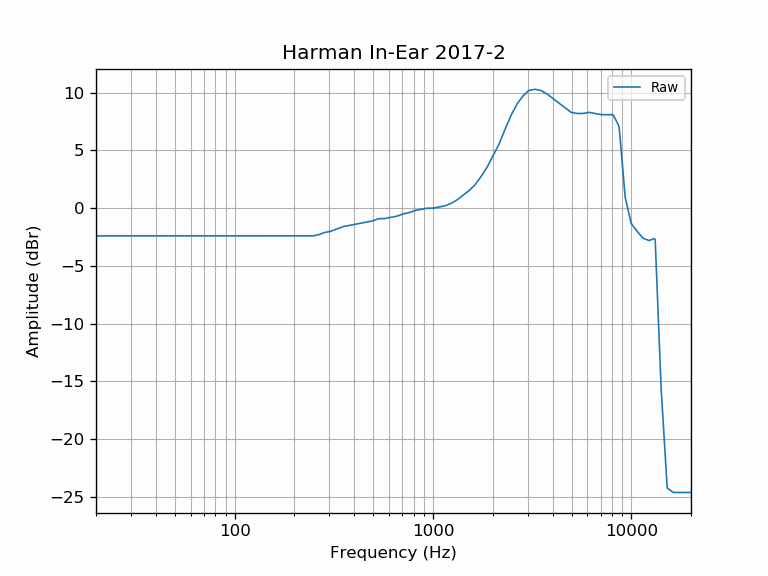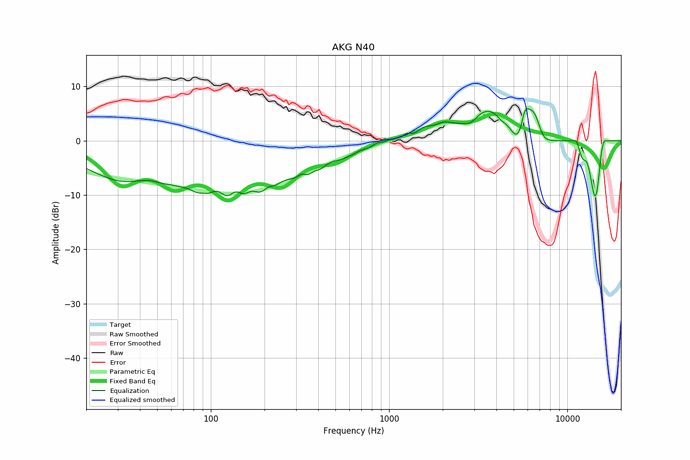Well, that was a lot simpler than expected - it was my own error :). My bad  .
.
I assumed this AKG to be an over-ear set. But it´s an in-ear. Having a different target for in-ear, and over ear makes perfect sense to me.
Still, I like to point out that it seems odd that your files only make some corrections below 100Hz-ish.
Either both headphones do really well in tracking the ´optimum´ targets, or something is amiss in the correction ,-).
I haven’t thoroughly read up on AutoEQ yet, so I don’t know if it could cause issues like this. I doubt it.
Next up, your question on Harman. Prepare for a lot of text. Brevity is not one of my virtues…
Your understanding on the Harman target is indeed mostly correct. A forum post will not be enough to cover it, but I´ll try to give a little glimpe.
Ideally you would be an AES member (to read their papers published there), and you have prior knowledge on their research on preferred in-room responses for loudspeakers.
No, I haven’t read every single paper either ;-).
The target is not ´set in stone´. As research continues, the target is adjusted according to new findings.
It also allows for some variation, due to varying listener`s preferences. Especially in the lows. (I guess you now understand why I´m a bit confused by your correction files?).
The target aims to be a response, that is generally preferred by trained listeners. Additional research correlates that level of preference, to actual neutral delivery/reproduction.
A bit too simple : The target aims the perceived headphone sound, to mimic that of a set of in-room loudspeakers with the pre-determined ´ideal´ response (hence your need for prior knowledge on that).
It is also explained why no comparison is made with the ´original live sound´ - covering this as well is a bit too much for this topic.
I believe this last paragraph is what you meant, when saying :
So yes, it is designed to mimic your perception of an ´ideal´ loudspeaker. But no, it is not designed with (only) sound engineers in mind.
I think it´s good to stress that this target is not the ultimate answer. First, it is likely not finished.
And second, there are other schools of thought, with slightly different, but equally valid findings.
But yes, it is the most thorough research that we have by today. Amazing work.
If really interested to dig a little deeper, these could be a nice starting point :
Now, excuse me while I´m replacing a few worn keys on my keyboard  .
.


 !
!